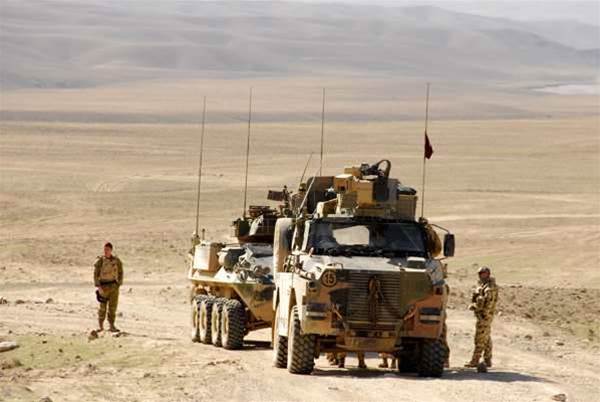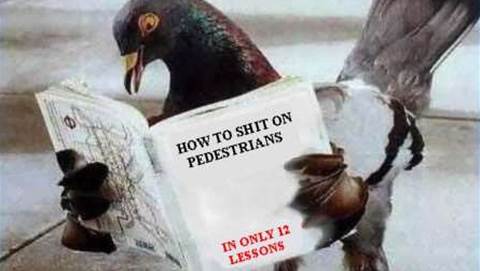A group of five artificially intelligent, Australian robots are gearing up to compete against military technology from Turkey, Japan and the U.S. in November.

Comprising various sensors, digital cameras, GPS equipment and laser range finders, the robots are said to resemble 0.5m x 0.5m toy trucks that co-operate to explore unknown terrain.
They represent team 'Magician', which involves researchers from the University of WA, Flinders University and the Edith Cowan University.
Magician is one of six finalists that will compete in the Defence Science and Technology Organisation's (DSTO's) Multi-Autonomous Ground-robotics International Challenge (MAGIC) at Adelaide's Royal Showground in November.
The competition was launched in July 2009, attracting 23 entries that were whittled down to 12 semi-finalists in November. Each of the 12 received a US$50,000 research grant from the DSTO.
Finalists, announced this morning, are: Magician; Cappadocia from Turkey; Chiba from Japan; and RASR, Team Michigan, and University of Pennsylvania from the U.S.
Each team is also supported by various technology companies - Cappadocia involves Turkish military electronics company Aselsan, Chiba involves Analytical Software, Team Michigan involves SoarTech, and the University of Pennsylvania team collaborates with BAE Systems.
RASR, which stands for Reconnaissance and Autonomy for Small Robots, involves Robotics Research, General Dynamics Robotic Systems, QinetiQ, Del Services, Cedar Creek Defence University, Carnegie Mellon Robotics Institute, Embry-Riddle Aeronautical University, and the University of Michigan.
Meanwhile, Magician has received an additional US$50,000 in funding from defence contractor Thales Australia.
In its announcement of the finalists, the DSTO described the "next generation of fully autonomous robots that could undertake dangerous missions on the future battlefield".
Unlike the U.S. DARPA Challenge, which involves autonomous cars navigating waypoints at high speeds, MAGIC teams will have to map unknown terrain and identify threats using at least three autonomous robots in the final challenge.
"We want to move from the current paradigm of one man-one robot to one man and many robots," said Australia's acting chief defence scientist Warren Harch.
Magician team member Thomas Braunl of the University of Western Australia said the team had little knowledge of its competitors, as robots had been selected based on individual tryouts so far.
Braunl described the Australian entry as "oversized toy trucks" involving an artificial intelligence (AI) decision-making system, Pioneer driving platform, SICK laser sensor and Xsens motion tracking.
The technology could also have civilian applications - such as in disaster areas - but was unlikely to be commercially realised anytime soon, Braunl said.
"It's [MAGIC] more about showing off what technology is available today," he said. "It's more about technology that has evolved over the past 20 years than something new."




.png&h=140&w=231&c=1&s=0)





 iTnews Executive Retreat - Security Leaders Edition
iTnews Executive Retreat - Security Leaders Edition











_(1).jpg&h=140&w=231&c=1&s=0)



